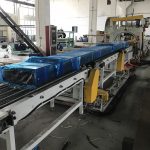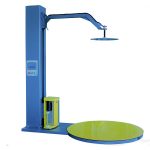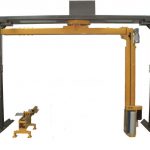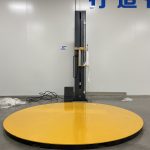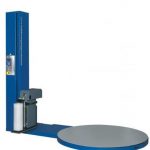The Importance of Load Stability in Pallet Changers: Technical Breakdown
- The Importance of Load Stability in Pallet Changers: Technical Breakdown
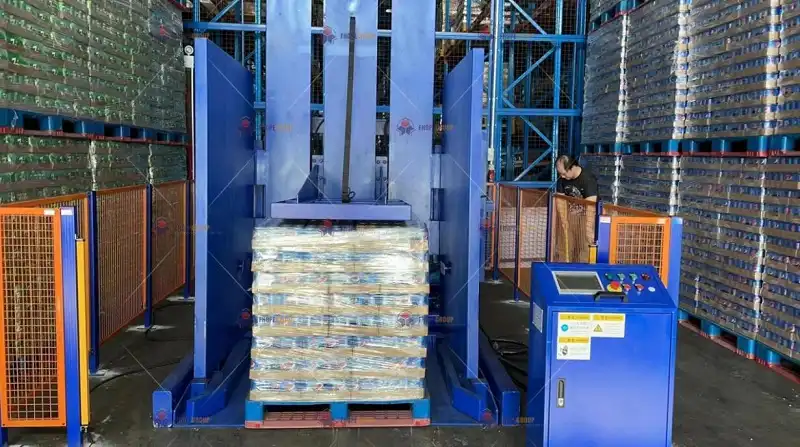
Introduction
In modern warehousing and logistics, load stability plays a pivotal role in ensuring safe, efficient, and damage-free operations. Among the many tools designed to manage and transport goods, pallet changers stand out as critical pieces of equipment for handling and switching pallets while maintaining load integrity. As businesses move towards automation, the need for reliable solutions that safeguard load stability becomes even more essential. This article delves into the significance of load stability in pallet changers, its technical aspects, and how it impacts operational efficiency.
What Is Load Stability?
Load stability refers to the capacity of a palletized load to remain intact during handling, transportation, or storage without shifting, collapsing, or becoming imbalanced. Poor load stability can lead to various risks, including product damage, safety hazards, and operational inefficiencies.
Pallet changers, such as the FPFZ-CH01, use sophisticated mechanisms to secure and move loads while ensuring that they remain stable throughout the process. This particular model operates by tilting loads at a 95-degree angle to facilitate pallet exchange without compromising load integrity. The more stable the load, the safer and faster the process.
How Pallet Changers Ensure Load Stability
Modern pallet changers incorporate a variety of features designed to enhance load stability. These include:
- Pressing Down Device: This device holds the top of the load firmly in place, preventing it from shifting during the turning or pallet exchange process.
- Side Holding Device: Pallet changers like the FPFZ-CH01 also feature a side holding mechanism that clamps the load securely, ensuring that no part of the pallet moves out of place. This mechanism is critical, particularly when handling large or irregularly shaped loads.
- Cylinder Fixation: Hydraulic cylinders are often used to stabilize the load during the up-and-down motion of the pallet changer, minimizing vibrations and motion that could lead to load instability.
- Mechanical and Electrical Stop Blocks: These components prevent excessive motion or machine damage, further contributing to load stability by ensuring smooth, controlled movements.
Why Load Stability Is Crucial
The importance of load stability in pallet changers cannot be overstated, particularly in industries where heavy or fragile goods are being handled. Below are several reasons why this factor is critical:
1. Safety
Unsafe load conditions can lead to accidents in the workplace. Instability during the pallet exchange process increases the risk of loads tipping over, potentially causing injury to operators or damage to nearby equipment. A well-designed pallet changer minimizes this risk through precision engineering and stability-enhancing features.
2. Product Protection
In industries such as automotive, food, and pharmaceuticals, product protection is paramount. Loads that shift or collapse during pallet changing can lead to product damage, resulting in costly losses. Ensuring load stability during pallet handling minimizes the risk of product defects, reducing returns and enhancing customer satisfaction.
3. Operational Efficiency
Instability often translates into delays in warehouse processes. Loads that need to be repacked or corrected after shifting consume time and manpower, ultimately leading to a decline in operational efficiency. By maintaining stable loads, pallet changers contribute to faster, more reliable workflows.
4. Cost Savings
Reduced product damage, fewer safety incidents, and increased operational efficiency all lead to significant cost savings. Investing in pallet changers that emphasize load stability not only improves day-to-day operations but also enhances the long-term financial health of a company.
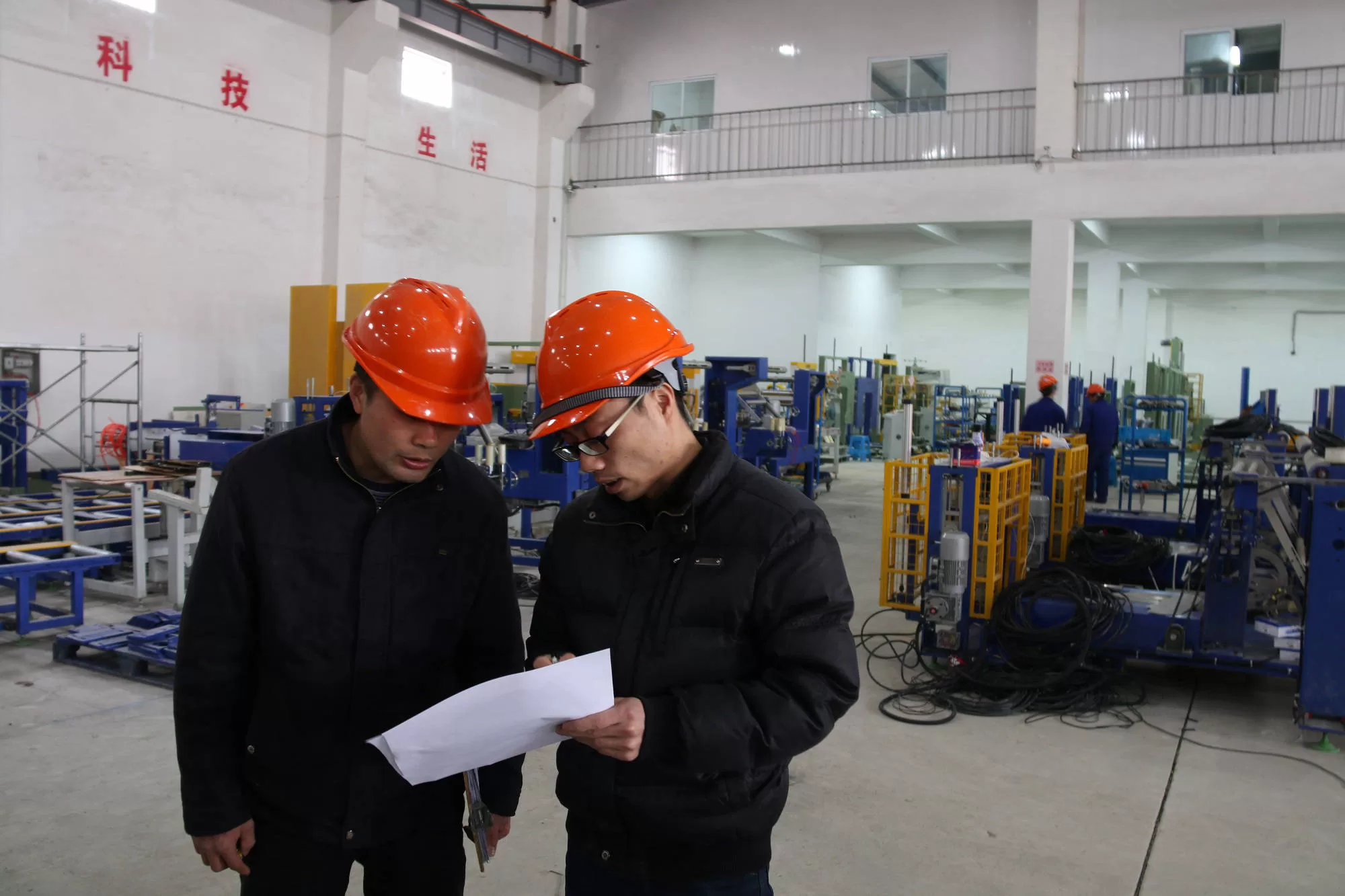
Get Your Best Solution !
Technical Components Contributing to Load Stability
Let’s explore the technical components of the FPFZ-CH01 Pallet Changer that directly impact load stability:
1. Hydraulic Systems
The hydraulic motor and cylinders used in the FPFZ-CH01 offer precise control over the pallet’s movement. Hydraulic systems are vital for lifting, tilting, and rotating the load at specific angles without causing undue vibration or sudden jerks that could destabilize the load.
2. Welded Base and Turnover Frame
A solid welded base and a robust turnover frame provide the structural integrity necessary to handle heavy loads up to 1000 kg. This strong foundation prevents the equipment from swaying or shifting during operation, ensuring that the load remains secure at all times.
3. Clamping and Pressing Devices
The combination of side holding clamps and a top pressing device ensures that the load is secured from all sides. These components work together to maintain the load’s center of gravity during the pallet change process, ensuring that the load stays in place.
4. Control System
The panel control and wireless remote control system allow operators to manage the pallet changer with precision. A responsive control system reduces the chances of human error and enables fine adjustments that can help maintain load stability throughout the process.
Common Challenges with Load Stability
Even with advanced pallet changers, there are challenges that operators might face regarding load stability. These include:
- Irregularly Shaped Loads: Oddly shaped or uneven loads present a unique challenge in maintaining balance during the pallet exchange process. In such cases, the clamping and pressing devices must be carefully adjusted to ensure stability.
- Fragile Goods: Loads containing fragile items require special attention to ensure that they do not shift or break during the process. Customized pallet changer settings and adjustments may be needed to handle these loads carefully.
- Environmental Factors: External factors like uneven warehouse floors, vibration from nearby equipment, or improper pallet positioning can impact load stability. Pallet changers should be used on level surfaces to minimize these risks.
Best Practices for Maintaining Load Stability
To get the most out of a pallet changer and maintain load stability, operators should follow these best practices:
- Use the Right Pallets: Always ensure that the pallet size matches the load size. For instance, the FPFZ-CH01 is designed for pallet sizes between 1100-1200mm in length and width, and loads ranging from 1500-2000mm in height.
- Regular Maintenance: Like any piece of equipment, pallet changers require regular maintenance to ensure optimal performance. Ensure that the hydraulic systems, clamps, and control systems are checked regularly to avoid malfunctions that could compromise load stability.
- Training and Supervision: Properly trained staff are essential for ensuring that the pallet changer is used correctly. Operators should be familiar with the equipment’s control systems and best practices for load handling.
Conclusion
In today’s fast-paced logistics environment, ensuring load stability during pallet changes is crucial for maintaining safety, product integrity, and operational efficiency. Advanced pallet changers like the FPFZ-CH01 are equipped with sophisticated mechanisms to secure loads throughout the process. By investing in equipment designed for precision and stability, businesses can minimize risks, improve productivity, and save on costs. As automation continues to evolve, so too will the importance of tools that enhance load stability, making them an essential component of any modern warehouse operation.
Understanding and prioritizing load stability is not only a technical necessity but also a strategic decision that ensures long-term success in the logistics industry.

Get Your Best Solution !

